LaTeX templates and examples — Physics
Recent
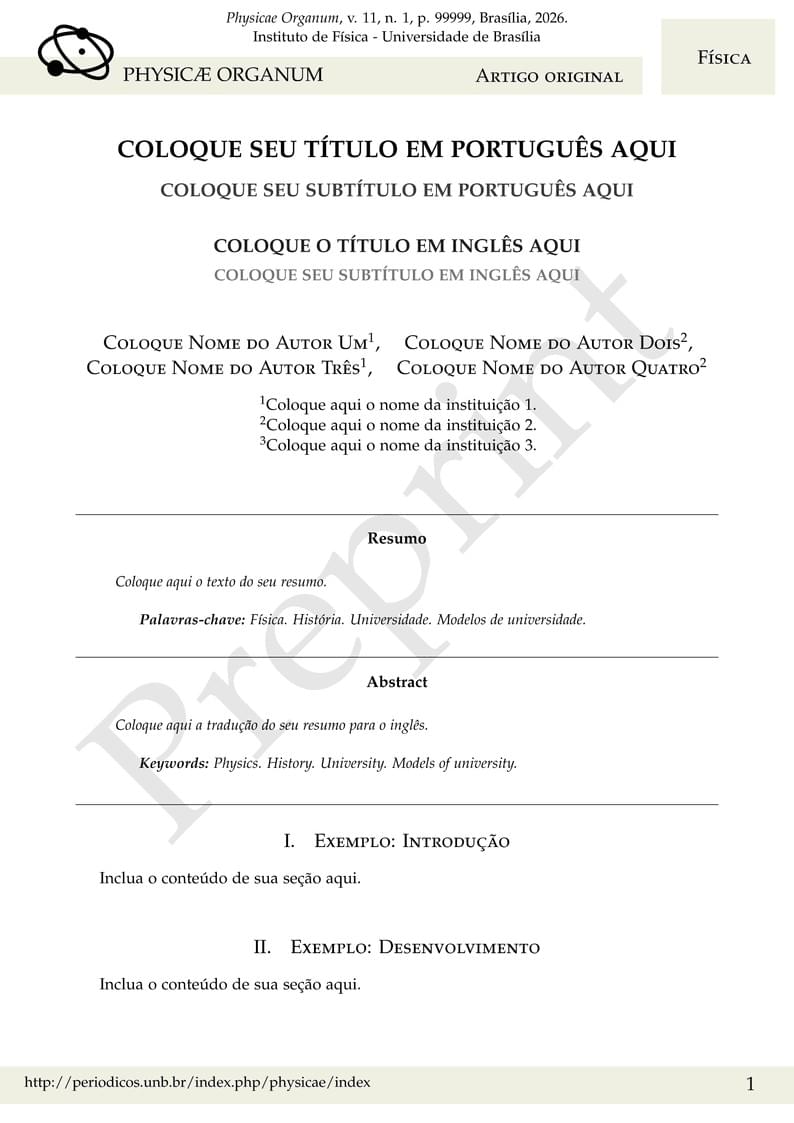
Modelo de artigo para a revista Physicae Organum, da Universidade de Brasília (UnB). Template of article for the Physicae Organum journal, of the University of Brasilia. Criadores originais deste modelo (2019): Leonardo Luiz e Castro, Olavo Leopoldino da Silva Filho, Fábio Luís de Oliveira Paula, Marcello Ferreira.
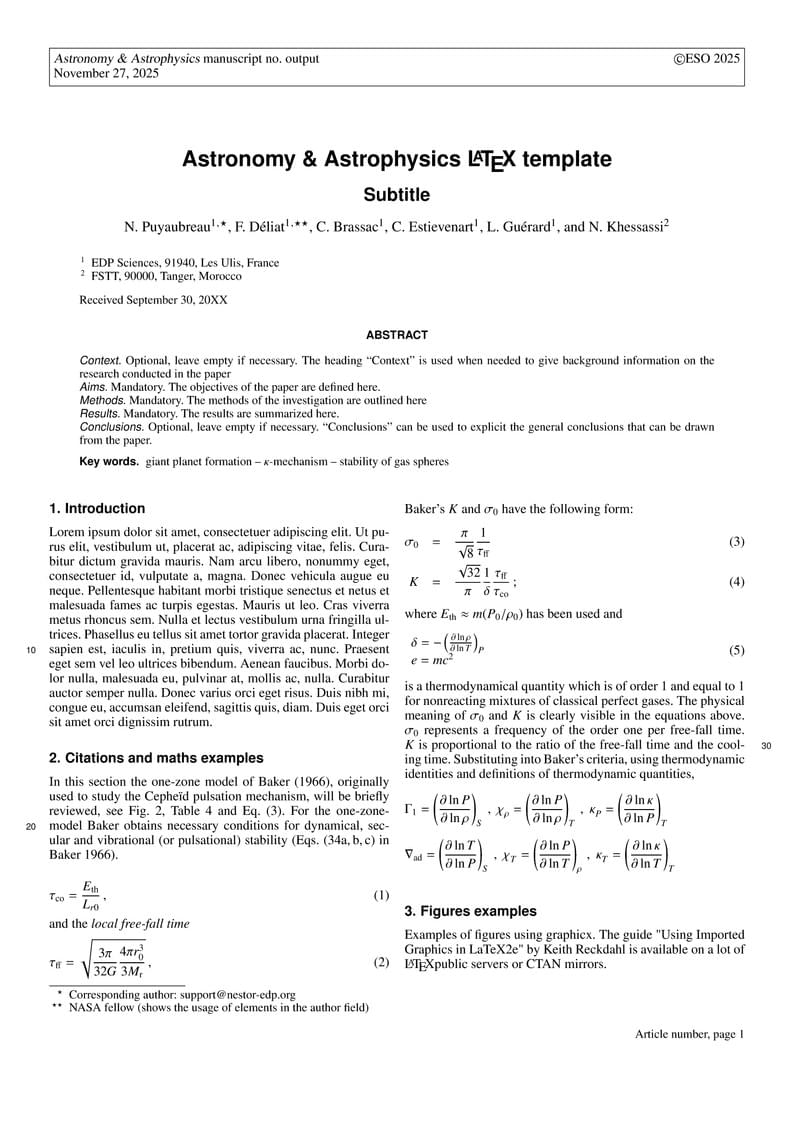
A&A LaTeX macro package v9.3 downloaded from https://www.aanda.org/for-authors 9.3 October 2025 - Behaviour of the [longauth] command is modified to shift the whole author list and affiliations after references.
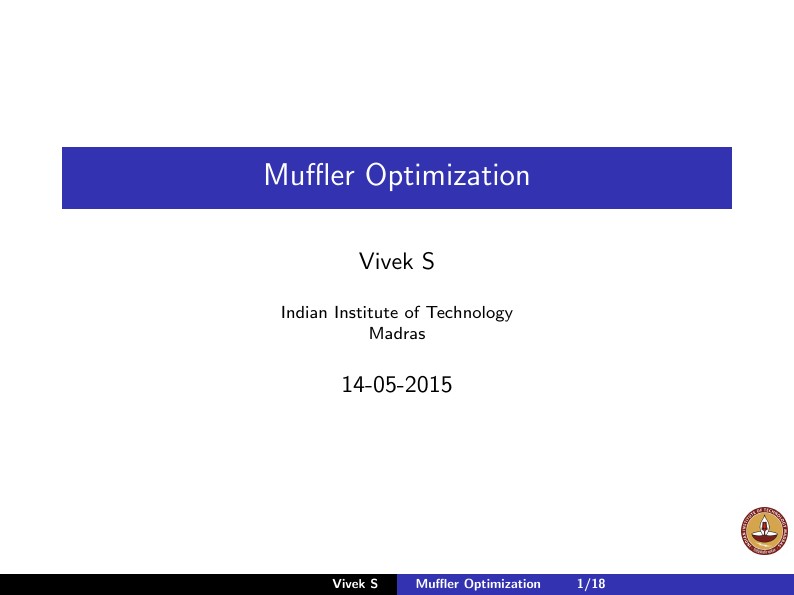
Maximization of muffler performance is important, but there is always space volume constraints. Shape optimization of multi-segments Muffler coupled with the GA searching technique. Outline: Problem Statement Derivation of Four Pole Matrices and an expression for STL Introduction to GA and it's Implementation A numerical case of noise elimination on pure tone Results and Discussion
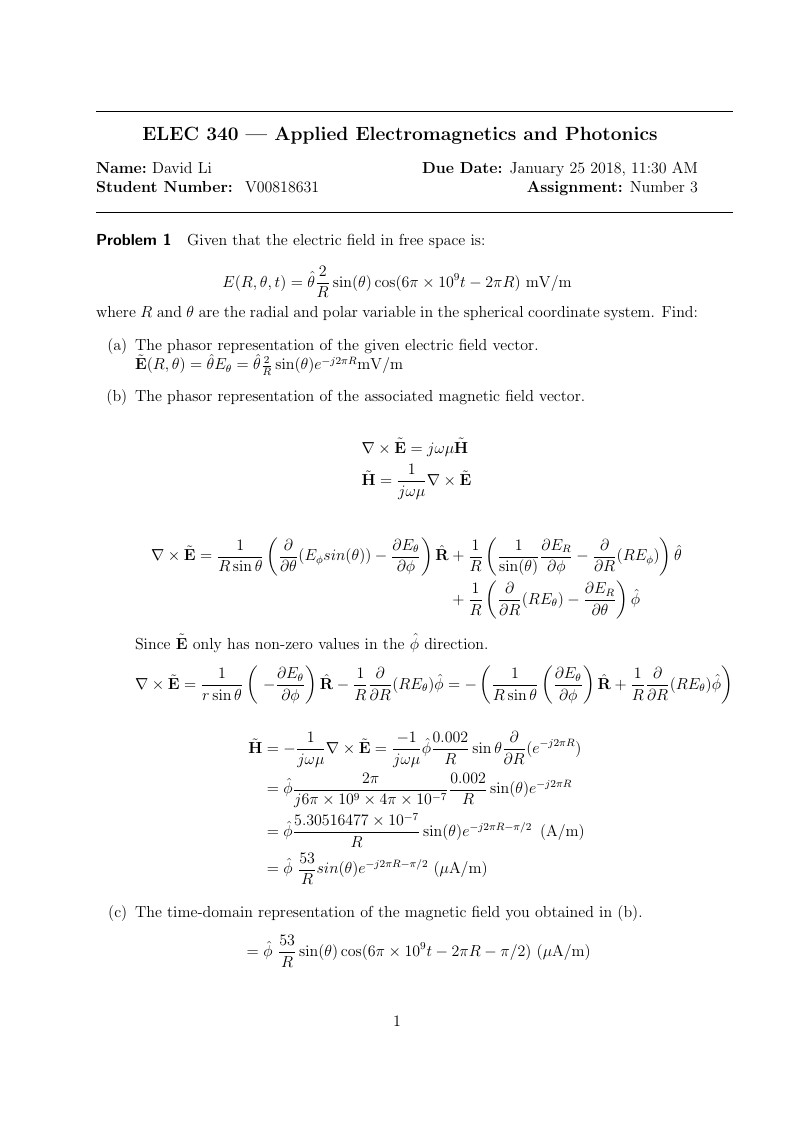
A light template for my electromagnetic class at the University of Victoria
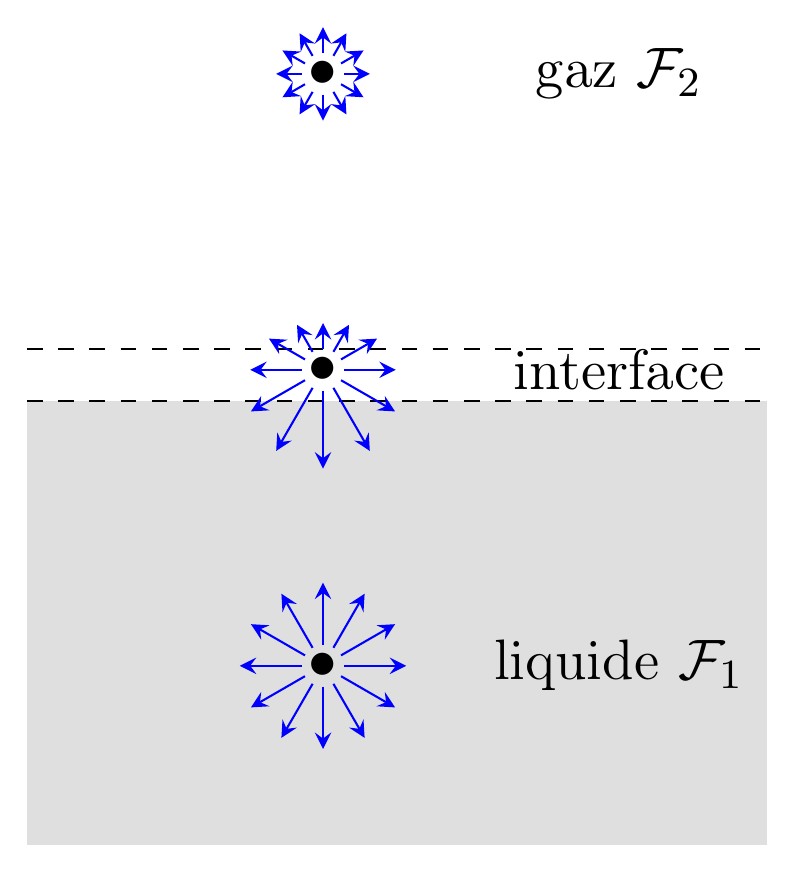
Ce document regroupe les codes TIKZ des figures utilisées pour le cours "TENSION DE SURFACE" situé à la page http://femto-physique.fr/mecanique_des_fluides/mecaflu_C4.php
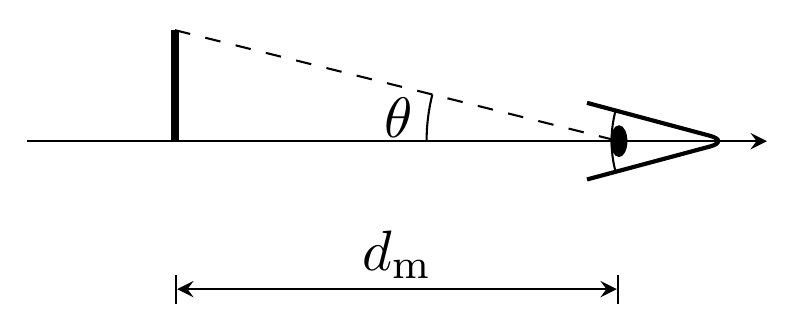
Ce document regroupe les codes TIKZ des figures utilisées pour le cours "Quelques instruments" situé à la page : http://femto-physique.fr/optique_geometrique/opt_C4.php

Ce document regroupe les codes TIKZ des figures utilisées pour le cours "lois de l'optique géométrique" situé à la page: http://femto-physique.fr/optique_geometrique/opt_C1.php
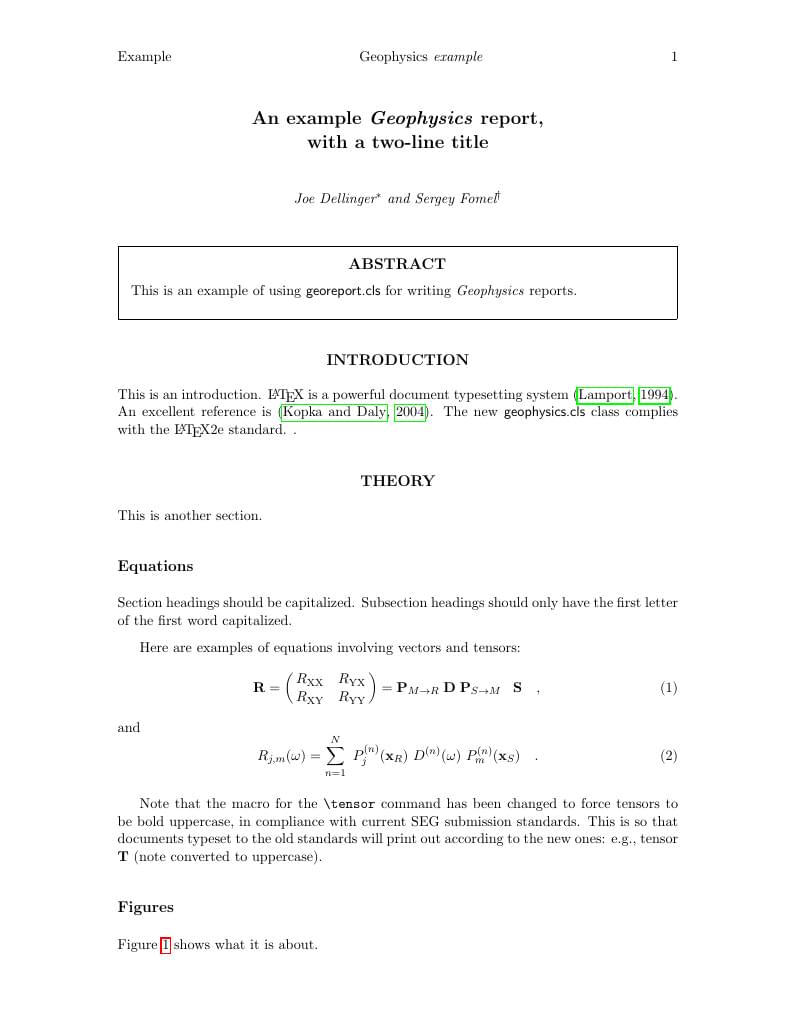
This is an example of using geopreport.cls for writing Geophysics reports.
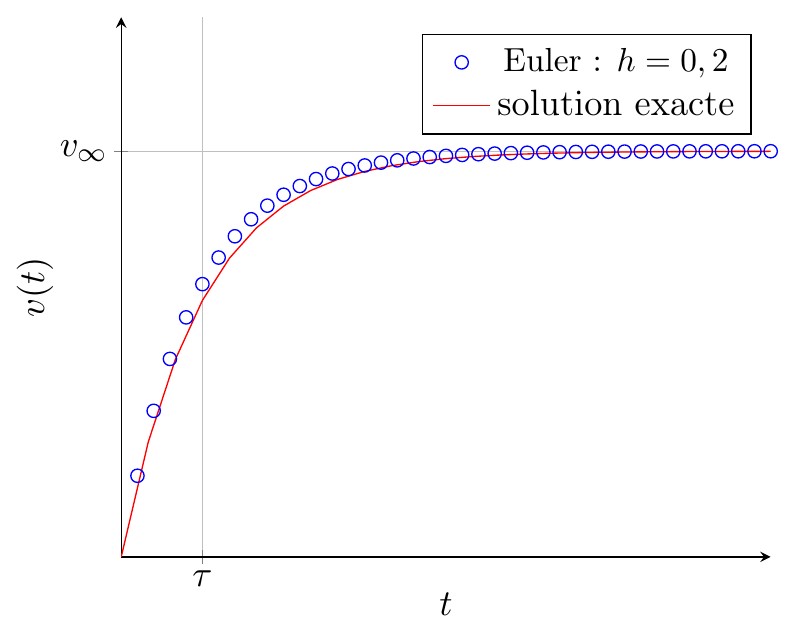
Ce document regroupe les codes TIKZ des figures utilisées pour le cours "traitement numérique des équations différentielles" situé à la page http://femto-physique.fr/analyse_numerique/numerique_C1.php
\begin
Discover why over 20 million people worldwide trust Overleaf with their work.